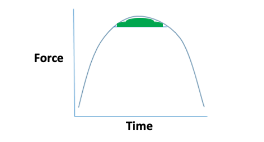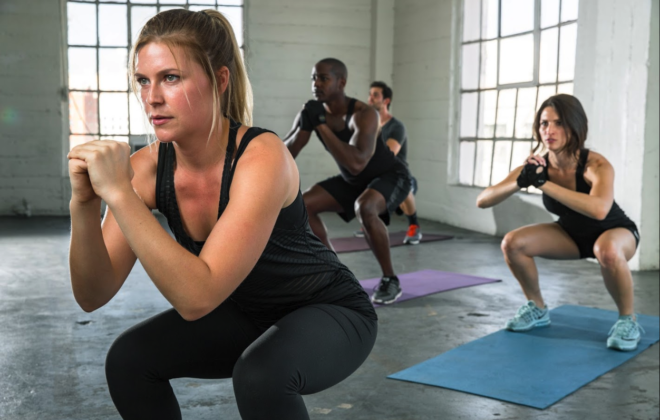How to measure strength?
In previous blogs we emphasized the importance of conducting diagnostic procedures before the start of the training program. With knowledge about the state of the person in different abilities and characteristics we can very efficiently determine the loads and guidelines for quality development. Accordingly, the components of muscle fitness, cardio fitness, body composition and various functional abilities are usually measured. If looked at muscle fitness we can measure muscle endurance, strength and power. Measuring muscle endurance is relatively easy: a goal of the test is to do the task without the onset of fatigue which impairs performance (e.g. push-ups until failure). However, measuring strength is topic of discussion.
Concepts of strength and power are unfortunately often used interchangeably as well as tests for measuring those two different abilities. Our goal is to give a simple overview of the differences between these concepts and ways of measuring them.
DEFINITION
Strength is defined as – the ability to generate force independently of the unit of time.
Power is defined as – the ability to generate force in minimal time.
FORCE/TIME
Let’s look at the difference between strength and power: we have two people (e.g. Pero and Bero) who are trying to push 100 kg on bench press.
Pero has lifted 100 kg in 1 repetition lasting 3 seconds.
Bero has lifted 100 kg in 1 repetition lasting 5 seconds.
- The question is how much strength and power do they have?
Since the external load was equal (100 kg) and given that the load has been lifted in equal number of repetitions, they both have the same level of strength because they have mastered the same load independently of the unit of time.
- Yet, who is more powerful?
Pero has quickly mastered the load (3 seconds) and has a higher level of power since he generated force in a smaller unit of time.
MEASURING MOTOR ABILITIES
When measuring strength in laboratory conditions, the most commonly used is the dynamometer. Measurement can be performed in static and dynamic conditions, albeit static prevails.
Measurement of strength in static conditions is done by putting the body or limb in a certain position at a certain angle on the measuring device. Then, a person tries to generate a maximal force in static conditions through isometric muscle action.
Generated force is expressed in N (n = Newton).
When we aim to measure strength in non-laboratory conditions, we usually measure it through 1 RM (repetition maximum) on certain exercises. Generally, these are squat, bench press or dead lift.
Such measurement of strength is performed in dynamic conditions, where the concentric contraction is preceded by eccentric contraction (squat, bench press) or the movement is derived only through concentric muscle action (dead lift).
Before measurement person does several sets of increasing loads until reaching the load that can be lifted only once. In this way the maximum force is manifested through one muscular action in dynamic conditions.
The person must generate a force slightly greater than the external load to overcome the load.

The part of the graph marked green shows that a greater force than the external load is needed to overcome the load. Another way would be for a person to do number of repetitions with predetermined load and 1RM can be calculated from the equation. It is important to emphasize that the number of repetitions in this test must not exceed 12.
The equation used is the following:
1RM = Load/(1.0278 – (0.0278 x repetition number))
From all the above we can see that the strength can be measured in:
- Static conditions – isometric muscular action
- Dynamic conditions – eccentric and concentric muscular action
Which method is better?
My guess is that measurements through dynamic conditions are more practical and give us results from which we have greater benefit.
Namely, the measurements on the dynamometer require visiting the diagnostic center. Also, they are performed in conditions that are not sport and daily life specific. Although measurements on the dynamometer are applicative (especially in scientific papers), measurements in dynamic conditions are preferred in practice.
Measurements in dynamic conditions provide information that has a great transfer to sports and daily life. Also, these data enable us better planning and programming of training. In addition, they require a higher level of inter and intra-muscular coordination and give us additional data (other than just the force that is being generated).
We hope that that you can now differentiate strength from power and think of possible testing methods that could make your planning and programming of trainings better.





